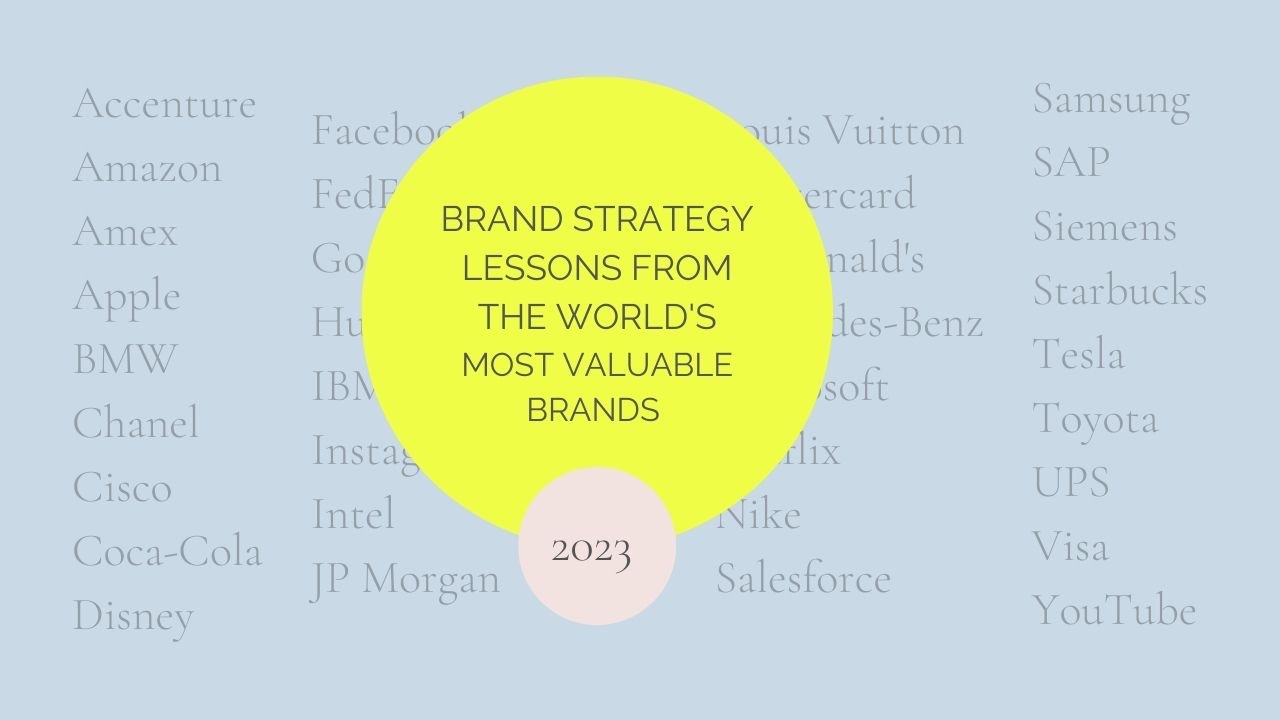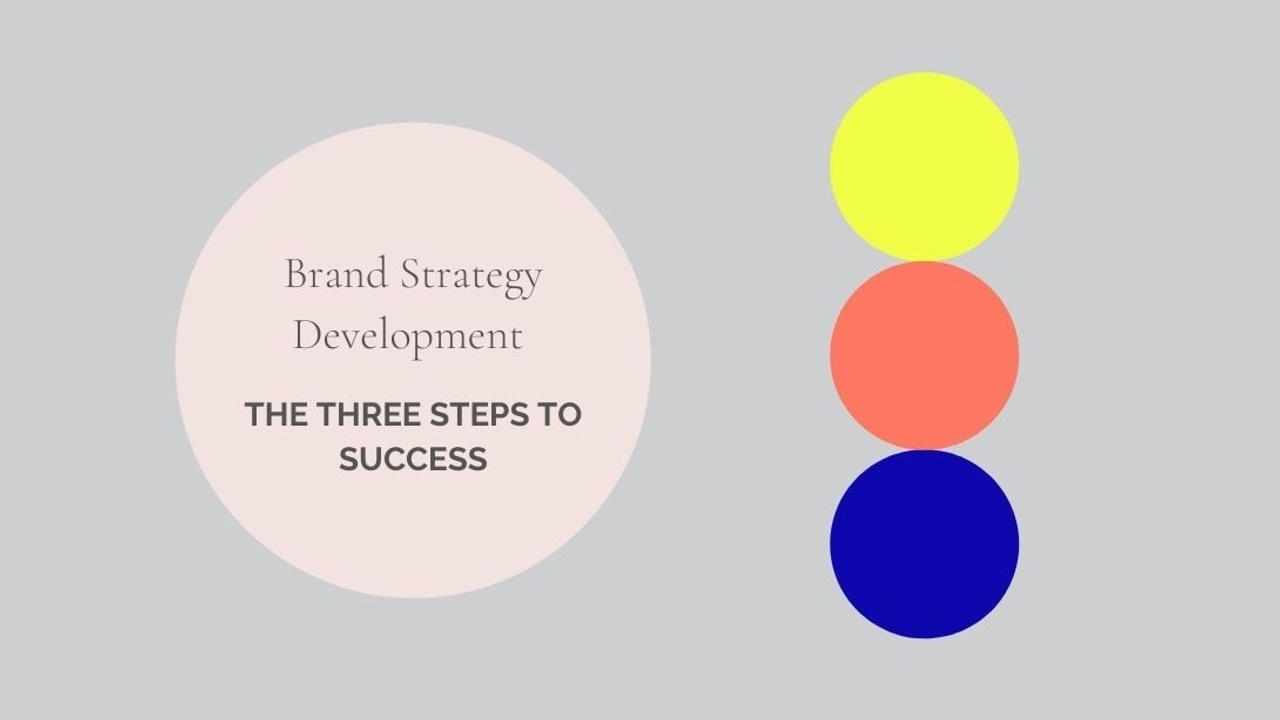How to Share Brand Strategy Case Studies: A Complete Guide

Great brand strategy work often lives in notebook scribbles, messy Miro boards, and a hundred half-formed Post-its. Turning that into a clean, compelling case study is an art! The goal is to make the value obvious and to give the client you're presenting to confidence that you can run a brand strategy process for them. After selling brand strategy projects for over 20 years, here are my tips.
How to share brand strategy case studies: a complete guide
1. Understand what you have permission to share
You want to promote your work, but you must protect your reputation too. Don't share anything without client approval. Read your NDA and always reach out to clients before you publish something about them on your website or in any marketing materials. Mask sensitive data, get approvals, and avoid proprietary numbers when unnecessary. Anonymized categories still sell your capability and give a new client reassurance that you will be a safe pair of hands.
How to show it:
- Slide: "Notes on...
Brand Strategy 2025: Key Lessons on AI, Personal Branding and Lifelong Learning from the Brand Builders Summit

At the Brand Builders Summit two live conversations revealed powerful lessons for all brand strategists. The first was with Marty Neumeier and Andy Starr, then with Debbie Millman and David Aaker.
Here’s where these four thought-leaders strongly agree—and where their perspectives differ—on four crucial themes.
1. Brand strategy builds long-term business value
All four speakers reinforced that brand strategy is not just a tool to guide design and communication, it is the engine of long-term equity and competitive strength.
David Aaker stressed that brands are corporate assets:
“People still think… branding is about awareness and image… [but] branding is not just the communication problem...brand is an asset and you want to build this asset over time… branding touches everything in the organization from product development to customer journey segmentation.”
(If you struggle getting clients to understand this - here's a ton of data to support the value of brand strategy).
Debbie Mill...
What role do trends play in brand strategy development?

A brand strategy is a bridge between the goals of a business and why anyone is going to care. Trends give you a source of insight into things that matter, or are going to increasingly matter to those people you need to influence: your potential buyers. Knowing what matters to them is important for two reasons. Firstly, it helps to ensure your brand strategy is relevant. Secondly it helps to ensure you're creating a strategy that will last for the long-term.
Read on for the two different types of trends, which one you need to pay attention to, case studies of brands that used trends to improve their brand strategy and business growth and where to find the right trend sources.
What trends are and how to use them in brand strategy
What are we talking about when we refer to trends?
Trends: A general development or change in the way something is moving or people are behaving (Cambridge Dictionary).
There are different sorts of trends. Some are more long-term – signifying a bi...
How To Get Better At Brand Strategy: Best Books, Podcasts, Newsletters

What are the best things to read and listen to to get better at brand strategy?
Here's a list of the ones I'd recommend. This list covers books, podcasts, and newsletters. If you want this as an easier-to-read pdf - just click here.
Enjoy! (And don’t get overwhelmed. There isn’t a brand strategist out there who reads and follows all of this - although I do try!).
Books to help you get better at brand strategy
Books are the most radically condensed form of knowledge on the planet. Steven Kotler
In ‘The Art of Impossible’, Steven Kotler makes the case for reading books over any other form of content. He highlights the time taken to research and write one vs. the time it takes you to read it.
Blogs – 3 minutes of reading gets you 3 days of someone’s time and effort. Articles – 20 minutes gets you four months. Books – five hours gets you fifteen years of someone's expertise.
So I had to start with brand strategy book recommendations. After writing Rebrand R...
The Process and Tools You Need To Do Brand Strategy

“Begin with the end in mind.”
One of the ‘Seven Habits of Highly Effective People’, and common sense, you might say.
But very unhelpful if you’re trying to learn how to do brand strategy.
Because here’s what happens.
When people try and learn how to do brand strategy they start by researching models and frameworks - the end deliverable for a client.
But then they get stuck.
They get stuck in the muddy world of different models, frameworks and jargon promoted by different people and agencies trying to differentiate themselves with their brand strategy deliverables. It’s understandable, but it’s not helpful if you’re trying to learn how to do brand strategy.
(I know this, because I’ve polled the 348 people who’ve taken Brand Strategy Academy and it’s where they were stuck before they took the course).
The truth is - it doesn’t really matter what model you use, as long as your deliverable answers the fundamental questions you need to answer in a brand strategy to help to move...
Strategic Brand Building: Science-Backed Guide to Brand Connectomes, Mental Availability & Distinctive Assets - In Normal Language!

What does it take to build a successful brand?
People have been taking about this decades, but now neuroscience, marketing science and behavioural economics have added another level of understanding.
But what does it all say...simply??
I have you covered.
Read on for all the latest on how to build a strategic brand.
Written for people who are not neuroscientists.
Strategic Brand Building - The Scientific Approach
Decades ago, Walter Landor, the founder of one of the world’s largest and oldest brand consulting firms (where I cut my teeth on brand strategy) said:
“Products are made in the factory, but brands are created in the mind.”
Neuroscience now proves this out: brands exist in our minds as a complex network of nodes that hold pieces of information.
Michael Platt at Wharton calls this the 'Brand Connectome'.
He calls it this to reflect the efforts to build the ‘Human Connectome’ - a “complete map of the neural connections in a brain.”
Brand connectomes are just a s...
8 Brand Strategy Examples And Lessons From The World's Most Valuable Brands

What are the best brand strategy examples to learn from?
Here's a great place to start.
There's a set of ‘superbrands’ that top the charts.
34 of them in total.
Read on to find out who they are, with examples that highlight what to focus on when creating brand strategies for your clients or business.
What are the best brands to study?
There are three global brand valuation studies (Kantar's BRANDZ, Brand Finance and Interbrand) that identify the world's most valuable brands, producing a top 100 list every year. (Brand Finance do a top 500).
They use different approaches to assess brand value, but some brands successfully appear on every one of these lists.
There are 34 in total - and while they are very different businesses, when it comes to brand strategy, they have some things in common.
There are common questions they answer to define what their brands are all about.
And there are some valuable lessons to be learned from their brand strategy stories.
Here's wh...
Why Is Brand Strategy Valuable?

Do you ever need to convince clients of the value of brand strategy?
Are you wondering whether it's worth adding brand strategy to your skillset?
It helps to have some hard proof on why brand strategy is worth investing in.
Fortunately, there's a lot of research available now to help. What it shows is:
- Brands account for up to 50% of the value of a business - so it pays to know what yours is about.
- Strong brands generate superior shareholder returns.
- Brand strategy helps increase revenue by increasing perceived value.
The answers to the questions in a strong brand strategy have been shown to:
- Help businesses outperform competition.
- Increase sales – and make it easier and more motivating for salespeople to sell.
- Improve talent acquisition and retention.
- Attract investors and shareholders.
- Improve business transformation efforts.
- Improve customer acquisition costs.
- Enable brands to command a price premium.
Read on for all the detail…
Why Brand Strategy Is Imp...
A Simple Template For Brand Strategy That All The Best Brands Use

Do you find that jargon is one of the most confusing things about brand strategy?
Should you create a positioning or purpose? Mission or vision? Values or beliefs? A brand personality or archetype?
Wouldn’t it be great if there was just one brand strategy template that works for all brands?
Well, there is, and there’s no jargon in sight.
But it took me a while to get to the right brand strategy template.
10 years ago, I was as confused as you might be feeling.
For the first decade of my career as a brand strategist, I worked at some of the biggest branding and advertising agencies.
I had to sell the agency's brand strategy approach, which included a template that got blank looks from many clients.
It was full of jargon, focused on the thing the agency made most money from (design), and rarely engaged any of the C-suite.
But I knew that a brand strategy should be more impactful than this: it should give a business the clarity, focus and direction they needed to grow.
Becau...
Brand Strategy Development - What All The Best Brands Do and Why

Developing a brand strategy is one of the most important things for any organisation to get right. Brand strategy has been proven to increase market share, help companies grow faster than others, help to retain employees and attract new talent and focus and improve innovation.
The world's best brands follow a tried and tested brand strategy development process that I want to share with you here. They know if you get your brand strategy right, it can be one of the best long-term levers for business growth.
But this long-term aspect of a brand strategy is one of the challenges.
Because companies don't change their brand strategy often, there are not many people within an organisation who know how to create one. Experienced CEOs and CMOs can work for decades without ever spearheading a brand strategy project.
So if you’re suddenly in this position of needing to create a brand strategy for your client or business, you need an approach that you can depend on.
I’ve been lucky enou...


